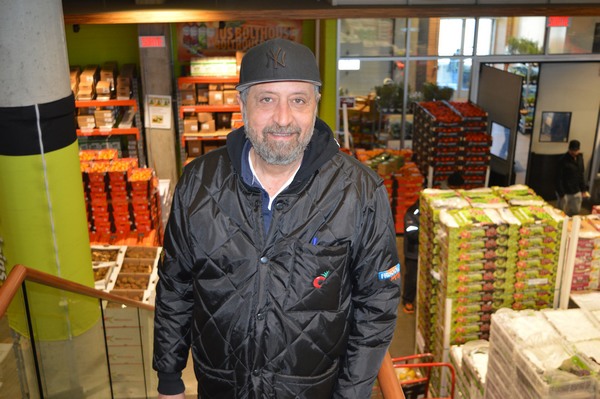Climate change is resulting in more extreme weather events that are having a big impact on the fresh produce industry. This year in particular, many growing regions are faced with a delayed start of harvest as well as lower production volumes. Just to mention a few examples, mango production in South America is down significantly, Spain’s garlic crop is down, California grape production is much lower, and Peru is seeing a decrease in blueberry volume. All these situations are a result of weather events in the growing region.
“As a buyer, we have to adjust and look at other countries of origin,” says Chris Sarantis with Canadawide. “The item we’re looking for may not be as readily available in one country, but it probably is in another,” he said. While Spain’s garlic production is down significantly this season, Egypt has plenty of volume and production in Argentina is starting up. “In the end, there is enough garlic available in countries outside Spain, taking the pressure off the world market.” However, for a commodity like clementines from Morocco, it is more challenging but there is production in neighboring countries. to source them somewhere else. “All in all, we adapt and adjust our buying strategies to what’s available. Climate change is teaching us to constantly evolve and find alternatives.”
More limited availability of certain items has an effect on pricing. “It’s all a matter of supply and demand,” said Sarantis. Prices go up as soon as demand outpaces supply. “I believe much of the inflation we’re currently seeing in produce is related to weather, not so much to inflationary costs.”

Retailers adapt as well
Not only buyers are adapting, so are retailers. “They are much more open to adjusting their specs, based on availability,” shared Sarantis. “Their willingness to offer a different variety, going up a size, or going down a size shows that they are adapting as well. We are constantly having direct conversations with retailers, and they are receptive to our suggestions.” A change in varieties was already happening and driven by the innovation that is taking place in Canada. “Demand for different and unique items is going up, in particular for South Asian products. Examples include Young coconuts from Vietnam, longan from Vietnam and China and Dragon fruit from Ecuador. In response, Canadawide continues to increase its commodity offerings.
Just last week, it was announced that Canadawide was added to Sun World’s panel of North American licensees. The license allows Canadawide to buy Sun World’s full line of proprietary grapes directly from the country of origin and distribute them in Canada and the United States. “Being a licensee adds flexibility to our grape-sourcing program,” commented Sarantis.
QPMA
This past year, Sarantis was Chair of the Quebec Produce Marketing Association (QPMA). The organization puts a lot of effort into promoting fresh fruit and vegetable consumption in Quebec. “It has been a very enriching year,” said Sarantis. The most enlightening part was seeing the new generation of talent coming into our industry. Their passion shows that the future of our industry is bright.” Sarantis’ term is coming to an end, and Enrico Charest of Sobeys will take over as the QPMA chair of 2024.
 For more information:
For more information:
Chris Sarantis
Canadawide
Tel: (514) 382-3232
[email protected]
www.canadwidefruits.com
